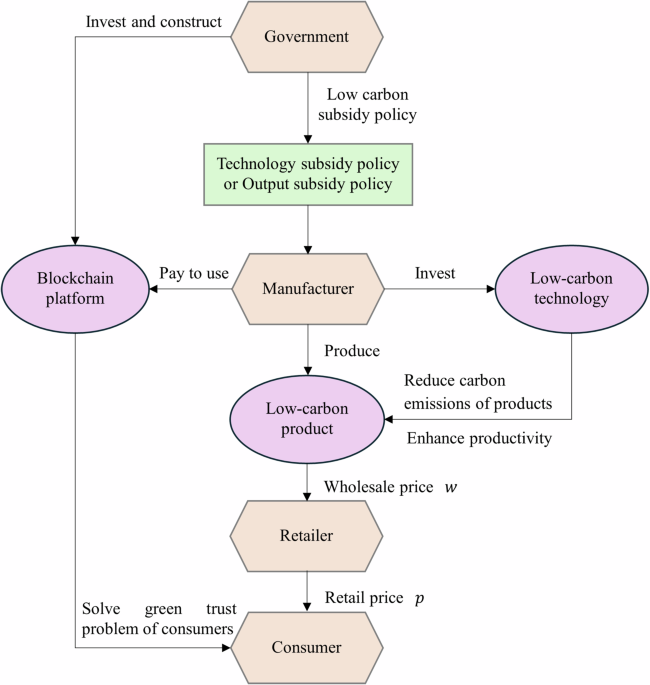Ethereum’s journey from a visionary project to a cornerstone of blockchain tech


Dennis Diatel Photography
Ethereum (ETH-USD) was conceived in 2013 by Vitalik Buterin as the programmer and cryptocurrency enthusiast sought to create a platform that would expand the capabilities of blockchain technology. While bitcoin (BTC-USD) — officially launched in 2009 — was designed as a digital currency and ledger system for financial transactions, Buterin envisioned a more versatile platform.
Below explores ethereum’s (ETH-USD) inception, as well as its core functionalities and the steps towards integrating the blockchain’s native token, ether, into traditional financial instruments like exchange-traded funds.
The early days
November 2013: Buterin proposed ethereum (ETH-USD) as a decentralized network that could execute smart contracts and decentralized applications (dApps). It wasn’t until the next year when the project really started to gain awareness.
July 22, 2014: Ethereum’s (ETH-USD) initial coin offering launches to raise funds to develop the ethereum network, raising $18M.
July 30, 2015: Ethereum officially goes live with the introduction of its first version, called Frontier. ETH was purchasable in 2014, but ETH buyers had to await the blockchain launch before moving or using their tokens.
Since the inception of ethereum (ETH-USD), the blockchain has undergone a series of software updates, including Byzantium, Constantinople and the Beacon Chain. Each of these advancements has refined and transformed various facets of the blockchain.
2016: One of Ethereum’s (ETH-USD) biggest tests was in 2016, when the Decentralized Autonomous Organization (“DAO”), a venture-capital fund built on the blockchain, was hacked. The incident led to a substantial loss of funds and resulted in a so-called hard fork in the ETH blockchain to reverse the effects of the hack. Given ETH’s price at the time, the DAO attracted some $150M worth of ETH.
Steps toward spot ether ETFs
After years of wrangling with the U.S. Securities and Exchange Commission for approval of ETFs that directly hold ether (ETH-USD), spot ether ETFs are now a reality. Here are some of the more recent steps in the process.
June 2022: Grayscale Investment sues SEC after the regulator rejected its application to turn its bitcoin trust into a spot bitcoin ETF.
August 2023: Grayscale wins case against SEC.
September 2023: Prospective issuers start filing for spot ether ETFs.
Jan. 10, 2024: SEC approves spot bitcoin ETFs.
May 23, 2024: The SEC approves key regulatory requirements from prospective issuers of spot ETH ETFs. The regulator approves applications from eight exchanges to list ether ETFs.
May 31, 2024: Deadline for prospective ETF sponsors to submit draft S-1s.
July 22, 2024: Spot ether (ETH-USD) ETFs get final approval from the SEC, providing both institutional and retail traders access to the world’s largest altcoin through easily tradable instruments. The regulatory nod concludes a years-long effort to secure SEC approval for the products and comes after the approval of spot bitcoin (BTC-USD) ETFs in January.
July 23: 2024: The first-ever U.S.-listed spot ether ETFs start changing hands in negative territory, even as the price of ether eked out a small intraday gain.
While the introduction of ether-tied products represents a big step toward mainstream acceptance of crypto, analysts have suggested that these funds may not attract the same level of investment inflows of bitcoin (BTC-USD). Growing interest from institutional investors and the public plays a big role in the viability of these funds. As demand increases, financial institutions likely are more inclined to create and offer them.
Spot ether ETFs: Bitwise Ethereum ETF (ETHW), iShares Ethereum Trust (ETHA), Fidelity Ethereum Fund (FETH), Franklin Ethereum ETF (EZET), Grayscale Ethereum Mini Trust (ETH), Grayscale Ethereum Trust (OTCQX:ETHE), Invesco Galaxy Ethereum ETF (QETH), VanEck Ethereum ETF (ETHV), 21Shares Core Ethereum ETF (CETH).
link






